聚乳酸成核剂增塑剂三元体系的性能研究毕业论文
2020-04-25 20:27:45
摘 要
本实验用差示扫描量热法(DSC)研究滑石(Talc),滑石(Talc)/聚乙二醇(PEG)对聚乳酸(PLA)样品的非等温结晶行为的影响。在研究聚乳酸/滑石,聚乳酸/滑石/聚乙二醇复合材料的非等温结晶动力学时我们采用 Jeziorny、Ozawa 和Mo模型分析。用 Friedman方法推导出非等温结晶过程的活化能。最后使用偏光显微镜(PLM)对聚乳酸及其复合材料的球晶结构进行分析。
结果表明,在差示扫描量热测试中,随着聚乙二醇的加入,半结晶时间降低,结晶速率增大。非等温结晶活化能测试表明,两组样品的活化能均随相对结晶度的增大而增大,即随结晶过程的不断推进,结晶将变得越来越困难。但随着聚乙二醇的加入,降低了聚乳酸的结晶活化能,增强了聚乳酸分子链的运动活性。最后在偏光显微镜测试中,滑石的加入提供了更多的晶核同时也减小了球晶的尺寸。但聚乙二醇的加入则令球晶尺寸变大、生长速率大幅增加,球晶尺寸大幅增加。
关键词: 聚乳酸 滑石 聚乙二醇 结晶速率
Study on properties of poly (lactic acid) / nucleating agent / plasticize Ternary System
ABSTRACT
In this experiment, the effects of talc (Talc) and talc (Talc)/polyethylene glycol (PEG) on the non-isothermal crystallization behavior of polylactic acid (PLA) samples were investigated by differential scanning calorimetry (DSC). We studied Jeziorny, Ozawa and Mo models when studying the non-isothermal crystallization kinetics of polylactic acid/talc, polylactic acid/talc/polyethylene glycol composites. The activation energy of the nonisothermal crystallization process was derived using the Friedman method. Finally, the spherulite structure of polylactic acid and its composites was analyzed using a polarizing microscope (PLM).
The results show that in the differential scanning calorimetry test, the semi-crystallization time decreases and the crystallization rate increases with the addition of polyethylene glycol. The non-isothermal crystallization activation energy test showed that the activation energy of both samples increased with the increase of relative crystallinity, that is, as the crystallization process progressed, crystallization became more and more difficult. However, with the addition of polyethylene glycol, the crystallization activation energy of polylactic acid is reduced, and the kinetic activity of the polylactic acid molecular chain is enhanced. Finally, in the polarized light microscope test, the addition of talc provides more crystal nucleus while also reducing the size of the spherulites. However, the addition of polyethylene glycol increases the size of the spherulites, increases the growth rate, and greatly increases the size of the spherulites.
Keywords: Poly lactic acid、Talc、 Polyethylene glycol、Crystallization rate
目录
摘要 I
ABSTRACT II
第一章 简介 1
1.1 聚乳酸的晶体结构 1
1.2 聚乳酸简介 2
1.3聚乳酸注塑成型 3
1.4 聚乳酸非等温结晶动力学 4
1.5 聚乳酸复合材料的发展现状 5
第二章 实验部分 6
2.1 实验原料 6
2.2 实验设备 6
2.3 配方设计 7
2.4 试样制备 7
2.5 性能测试 7
2.5.1 偏光显微镜(PLM)测试 7
2.5.2 差示扫描量热(DSC)测试 8
第三章 结果与讨论 9
3.1 差示扫描量热(DSC)分析 9
3.2 非等温结晶动力学[11] 11
3.2.1 Jeziorny法 11
3.2.2 Ozawa法 13
3.2.3 Mo法 15
3.2.4 非等温结晶过程活化能 16
3.2.5 非等温结晶球晶状态 18
第四章 结论 19
参考文献 20
致谢 22
第一章 简介
目前,塑料已广泛使用于人们生产生活的各个领域。然而,塑料一方面给我们带来种种便利,另一方面也给我们所处的生活环境带来不容小觑的污染问题。因为使用过的塑料废弃物不容易完全降解,必将导致环境污染问题的发生;其次传统塑料大都以石油类等不可再生资源为原料合成,长此以往,会引起严重的能源危机。2018年,我国的塑料包装产量已达6000万吨,但废弃包装利用率却不足25%。因此,发展生物降解高分子材料来缓解能源危机,保护环境,成为当下热点。
1.1 聚乳酸的晶体结构
聚乳酸是半结晶聚合物材料,结晶速率非常低。 在挤出和注射成型等工序中,由于聚乳酸的加工时间过短,冷却速率过快等原因,因此不会有结晶行为发生,所以加工出来的聚乳酸制品具有很差的耐热性,极大地降低了聚乳酸的使用范围。若要改进聚乳酸的结晶性能,首先要探究其晶型结构,在不同的结晶条件或外场诱导作用下,聚乳酸可以形成不同的晶型结构。
现在大都采用乳酸的缩聚和丙交酯的开环聚合来制备聚乳酸,这两种制备方法因聚合单体存有差异,所以会产生左旋聚乳酸(PLLA) 、右旋聚乳酸(PDLA) 和消旋聚乳酸(PDLLA)等三种聚乳酸异构形态 ,前两种聚乳酸异构形态是具有半结晶性聚合物,最后一种聚乳酸异构形态则是是非结晶聚合物。目前在聚乳酸中发现了四种类型的晶格构造:α晶系、α’晶系、β晶系、γ晶系。它们的螺旋构象和单元对称性各不相同。
相关图片展示:
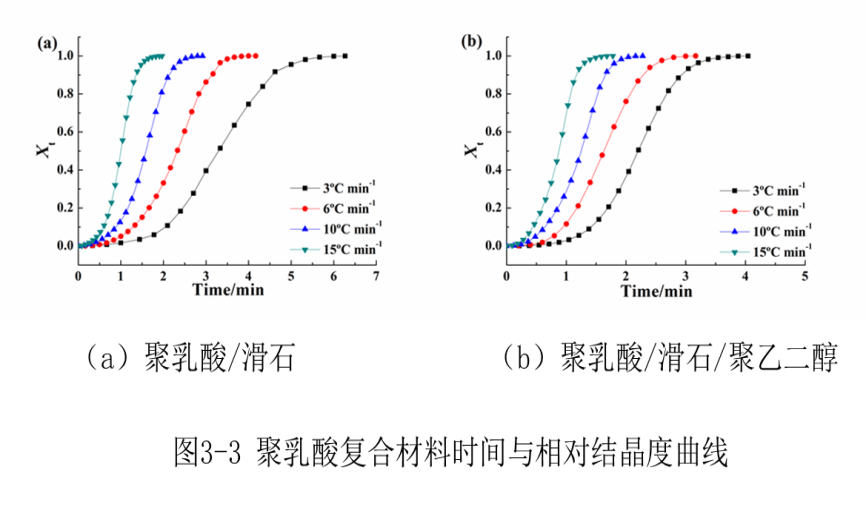
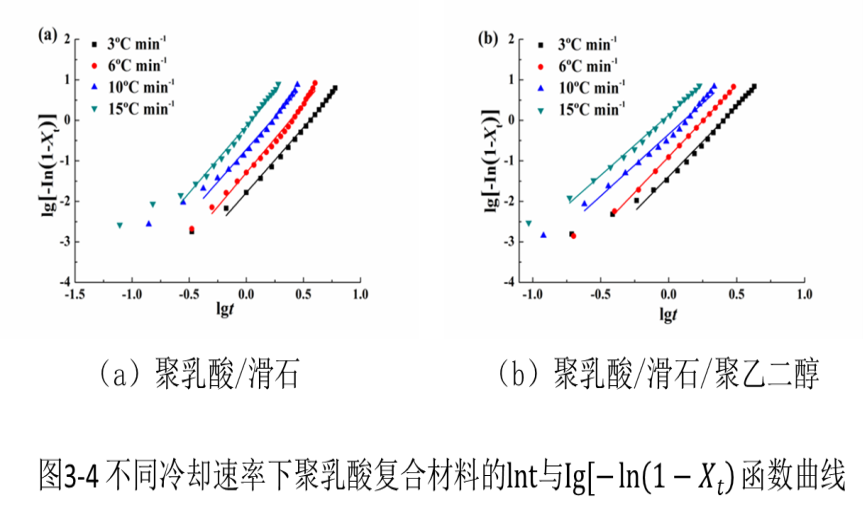
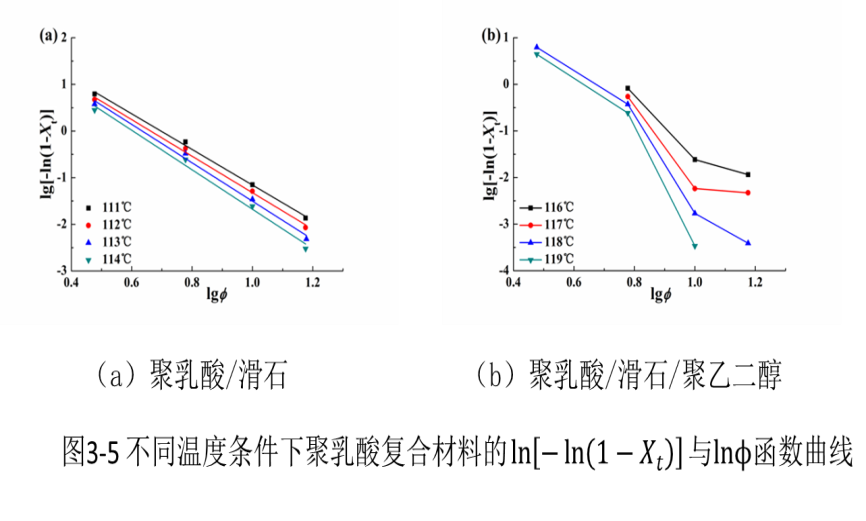
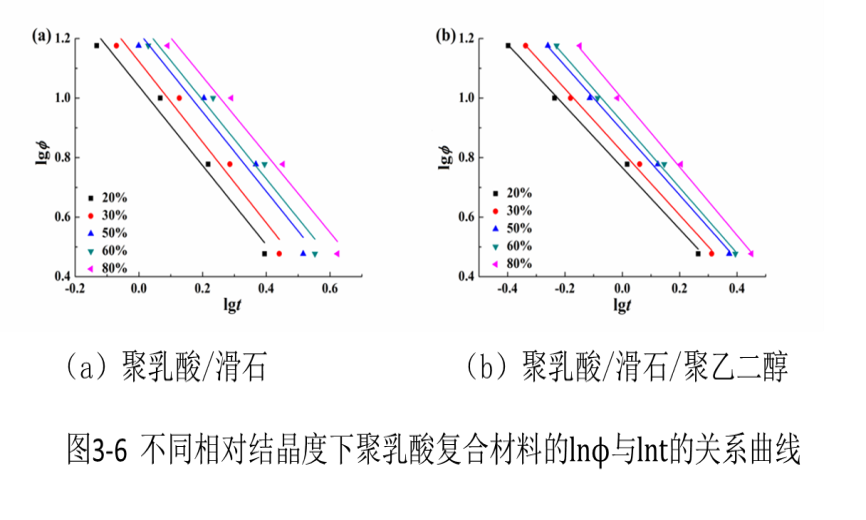
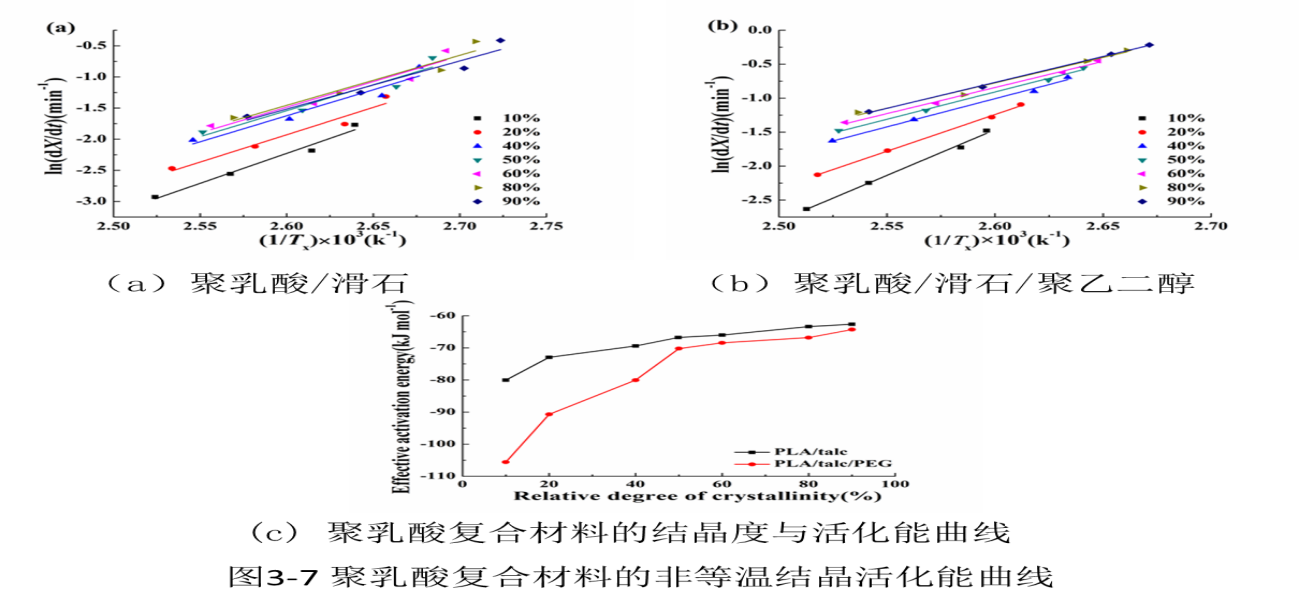
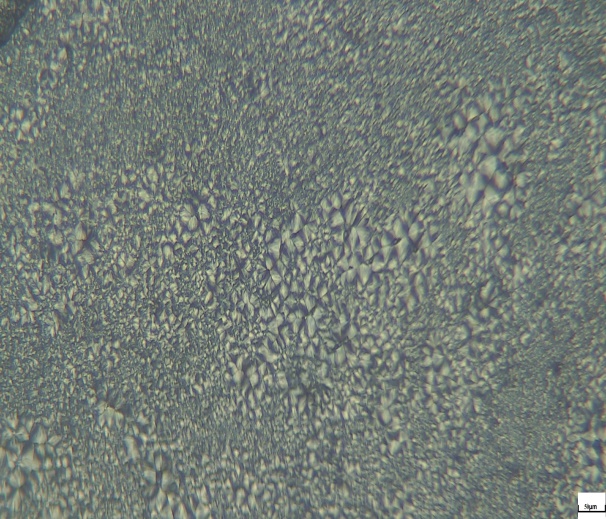
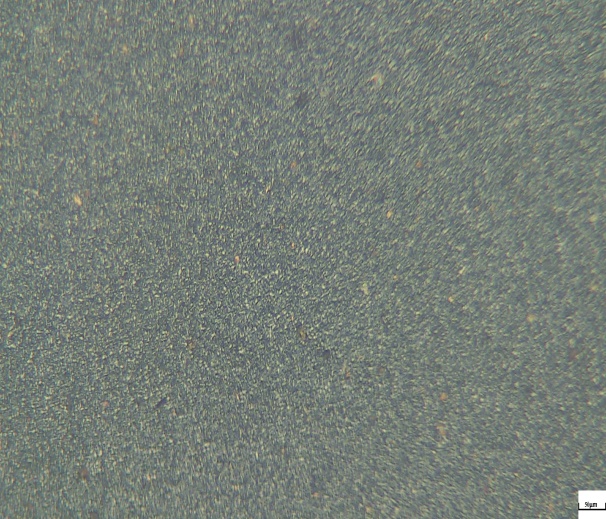
您可能感兴趣的文章
- 可聚合高分子模板增强制备高耐久超疏水涂层文献综述
- PVC/ABS合金的制备及性能研究开题报告
- 设计具有增强的赝电容及电催化性能的Co3O4/NiCo2O4双壳纳米笼结构外文翻译资料
- 光子上转换手性液晶:显著放大的上转换圆偏振发光外文翻译资料
- 氧空位型LiV3O8纳米片的快速稳定储锂性能研究外文翻译资料
- 应用于高性能钙钛矿太阳能电池的电子传输层的前体工程外文翻译资料
- 复合材料科学与技术 ——含碳纳米管的多孔导电弹性体复合材料悬浮在共连续聚合物的狭窄孔隙中的混合纳米复合材料外文翻译资料
- 一种用于先进锂硫电池源自聚罗丹宁纤维素的氮硫双掺杂碳外文翻译资料
- 短玻璃纤维增强聚丙烯控制界面和力学性能参数外文翻译资料
- 含Ca0的LaCO.0H纳米齿轮及其发光和脱NOx性能外文翻译资料




